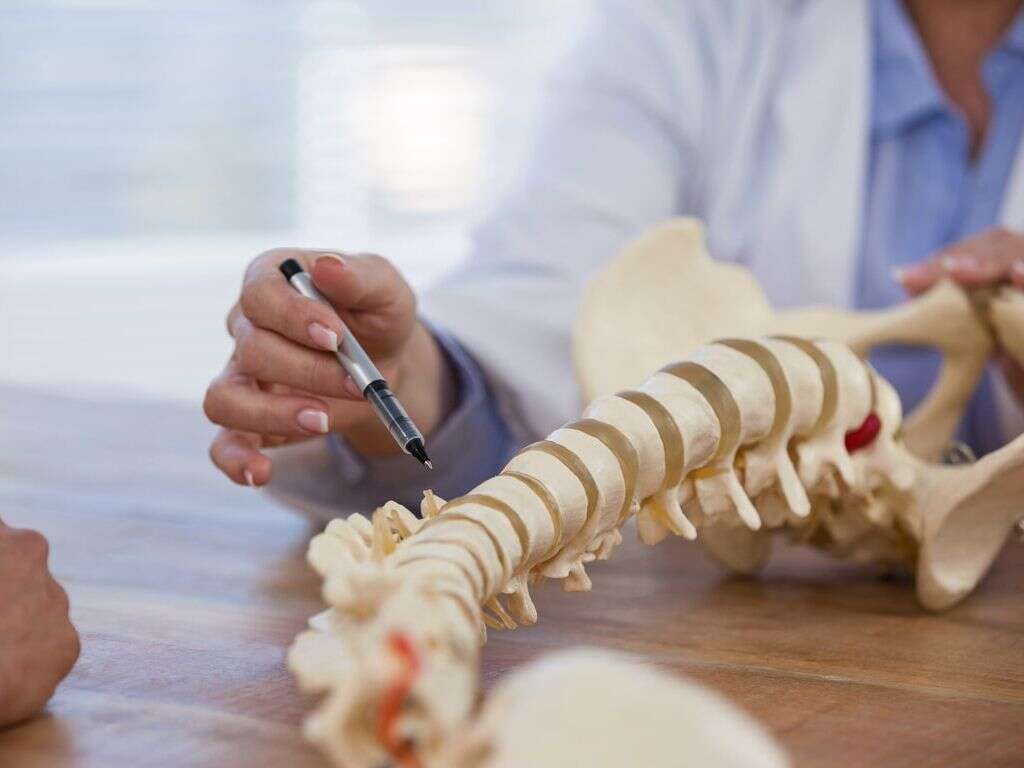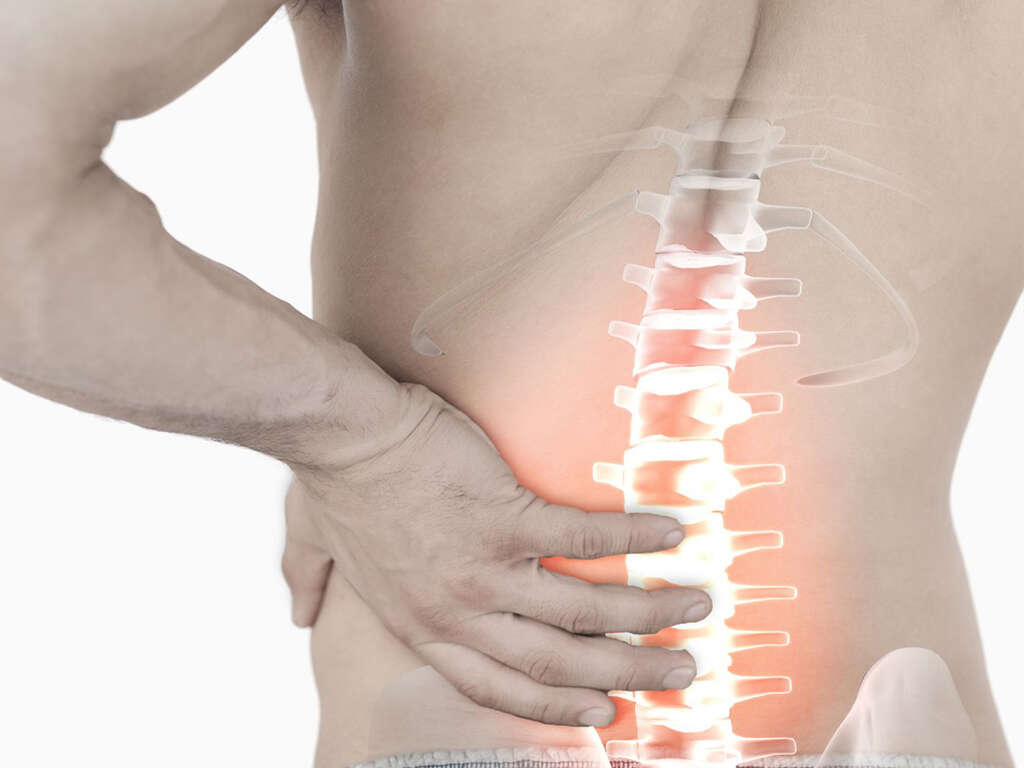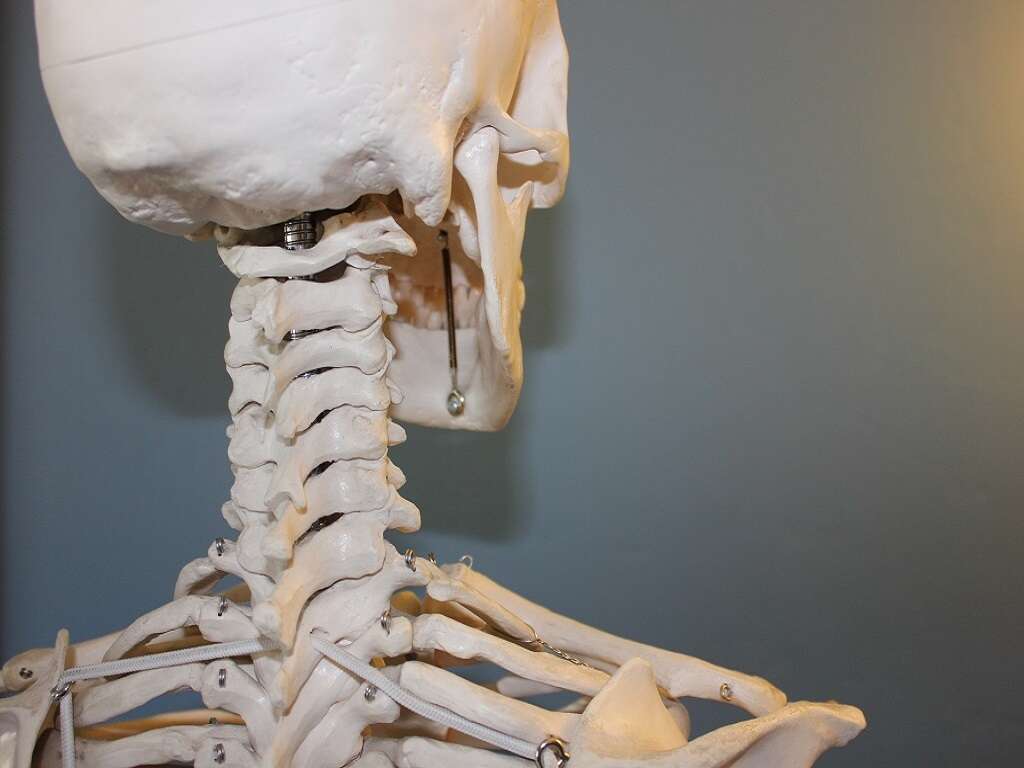What Is Degenerative Disc Disease?
Our spines make up the main supporting structure of our bodies. It helps to give us the support that we need to be able to walk upright, even with all the weight of our body pushing down on the lower part of the spine. This makes it important that our spine is in good condition, but some people will develop problems.
One of the main problems with our spines comes from the fact that they are used so extensively in our lives. As we get older, the many years of use will begin to take their toll, and things can begin to go wrong. One example is degenerative disc disease, and it is a relatively common condition that can cause a lot of discomfort.
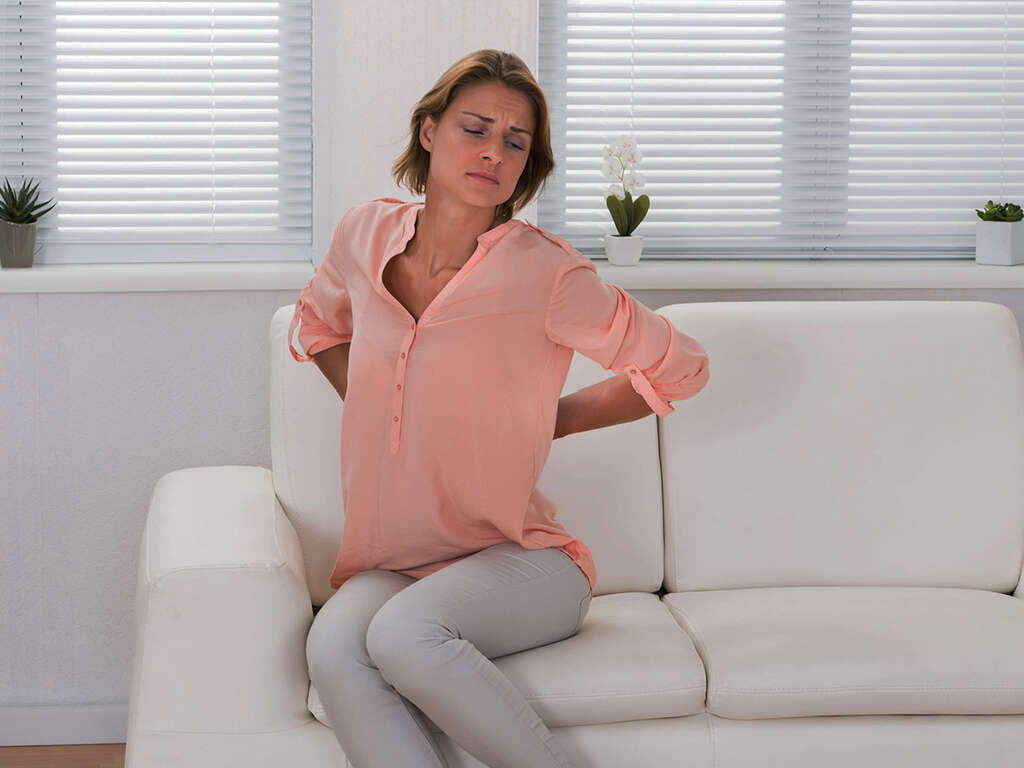
1. Spinal Discs
Our spines are made up of separate pieces. These pieces are stacked upon each other, with weight bearing down on each piece from those above. Considering the kind of potential forces involved, each piece will inevitably be forced up tight against those next to it, and this could cause problems.
We have evolved a simple solution to the problem, however, which is a type of cushion. These natural cushions are located in between each part of the spine, forming a protective barrier, and absorbing shock. This system helps to protect the spine from damage, and also helps to give us flexibility.
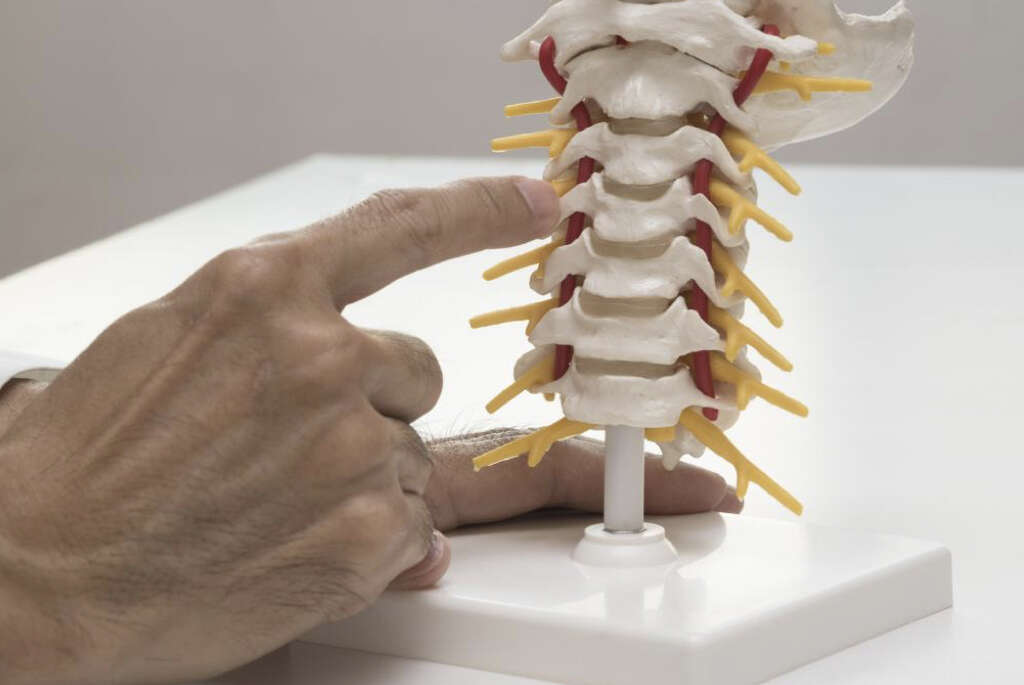
2. Degenerative Disc Disease
Our spinal discs are tough. They need to be; after all they are going to be put under a lot of pressure day in and day out. As tough as they are, however, they are not completely impervious to wear and tear. As we get older, even minute levels of damage can accumulate to become something more significant.
Degenerative disc disease is a condition caused by the gradual degradation of the spinal discs. The condition will be barely noticeable to begin with, but the symptoms will get gradually worse as time goes by. It can result in considerable discomfort for the patient, and there are different potential underlying causes of the condition.
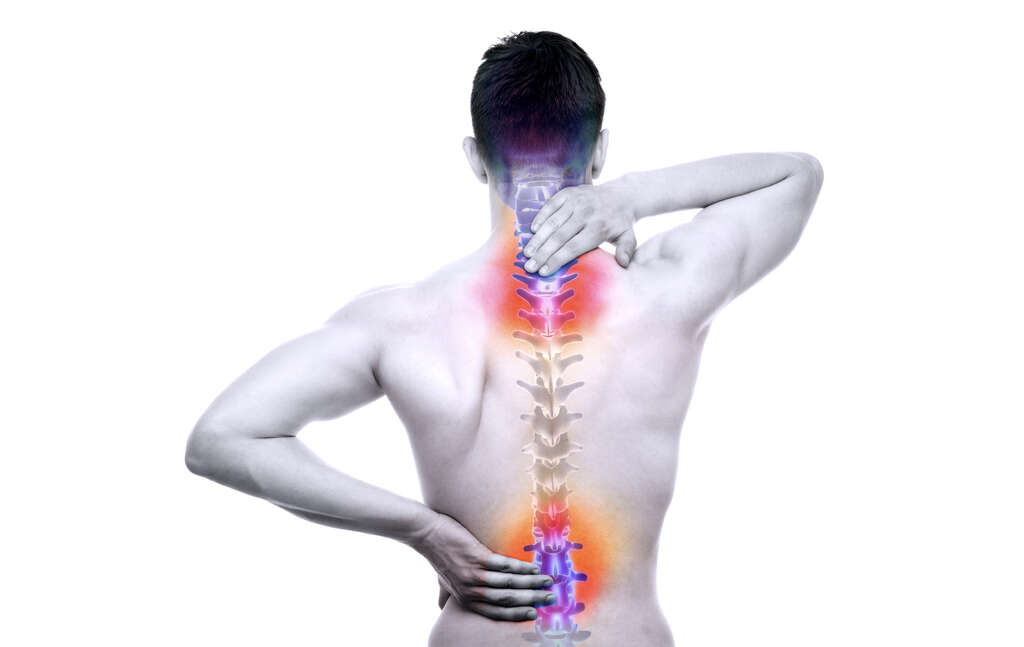
3. Cracking
The outer walls of the spinal discs are made from a relatively flexible material. This helps them to absorb impacts without sustaining damage, while still providing the protection the spine needs. As time goes by, however, the outer walls of the spinal discs can develop cracks, and this can cause problems.
The walls of the discs contain nerves, meaning that cracks in the discs can be rather painful. The cracks can also become severe enough that the material inside the discs us able to push through. This is known as a herniated disc, or a slipped disc, and this can be very problematic for the patient indeed.

4. Drying
Inside the spinal discs is a thick, jelly-like substance. This helps the discs to absorb shock better, thus helping to protect the spine from damage. As time goes by, however, this jelly-like substance is losing tiny amounts of water, slowly becoming drier. They can eventually get dry to the point it causes a problem for the patient.
As these discs lose water, so they also become thinner. This, in turn, means they become less effective at absorbing shock and there will be less of a cushion between each part of the spine. This is a condition known as disc desiccation, and it can be very uncomfortable for the patient.
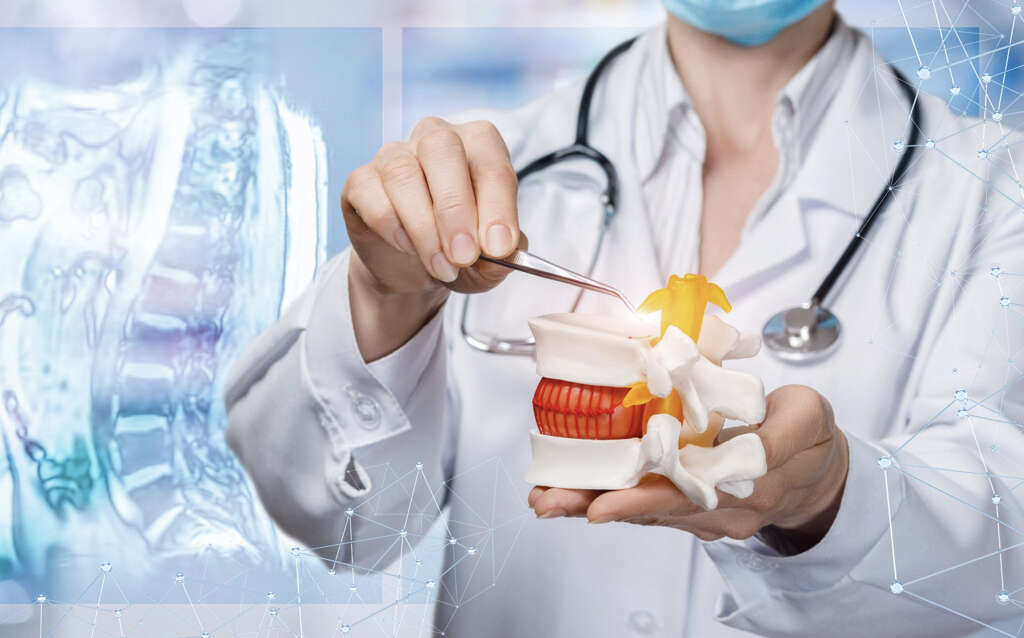
5. Pain
The main symptom of degenerative disc disease is pain. The type of pain you do experience will depend on the exact nature of your problem, so it can vary from person to person. One of the symptoms many people will have in common, however, is that the pain will come and go.
The pain can also get worse when the patient tries to twist and bend their body. It can feel worse when they sit, and it can also feel worse when they try to lift objects. The pain is likely to be located in the thighs, buttocks, and lower back and it can get better when the patient lies down.
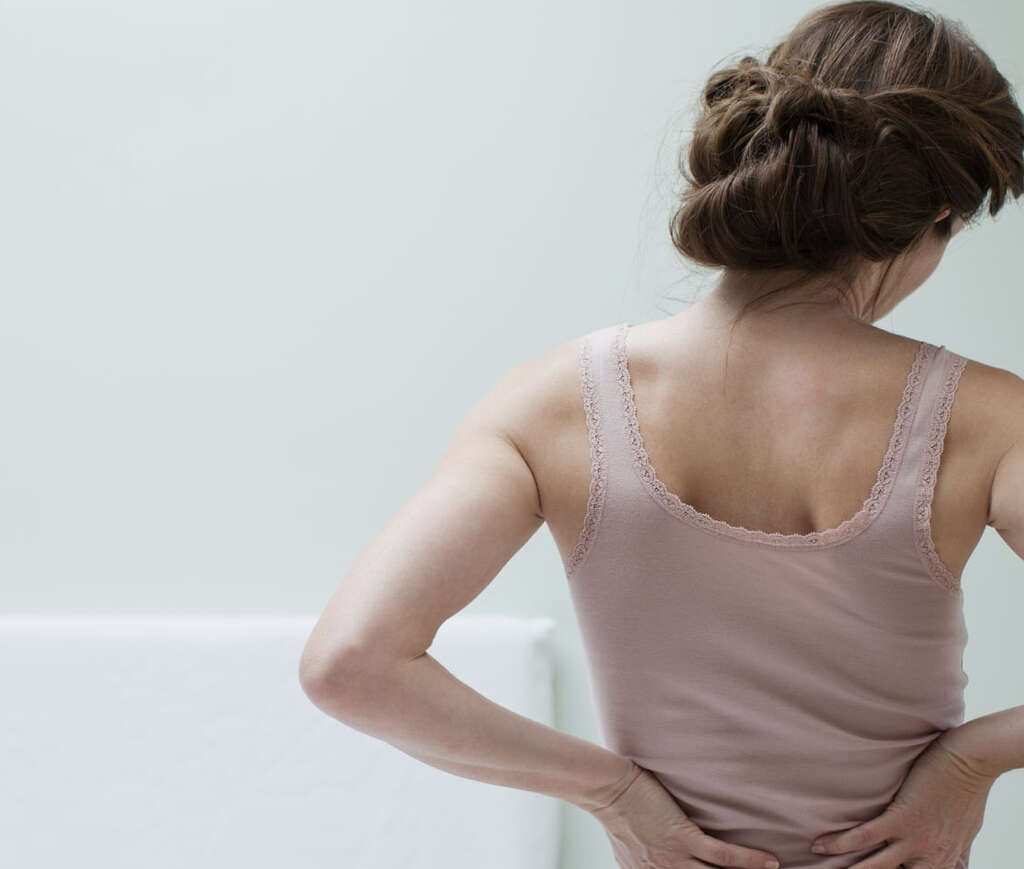
6. Other Symptoms
Degenerative disc disease can also mean that nerves near the affected disc will become affected. In addition to more pain, it can also result in more unwelcome symptoms for the patient. This includes the patient’s legs becoming weaker than usual as messages to the legs from the brain are affected.
As messages from the brain to limbs are affected, the patient can begin to feel numbness and tingling sensations. Patients may also sometimes feel as though their spines are unable to support them and are about to give way. Muscles spasms and tension in the muscles are other potential symptoms.
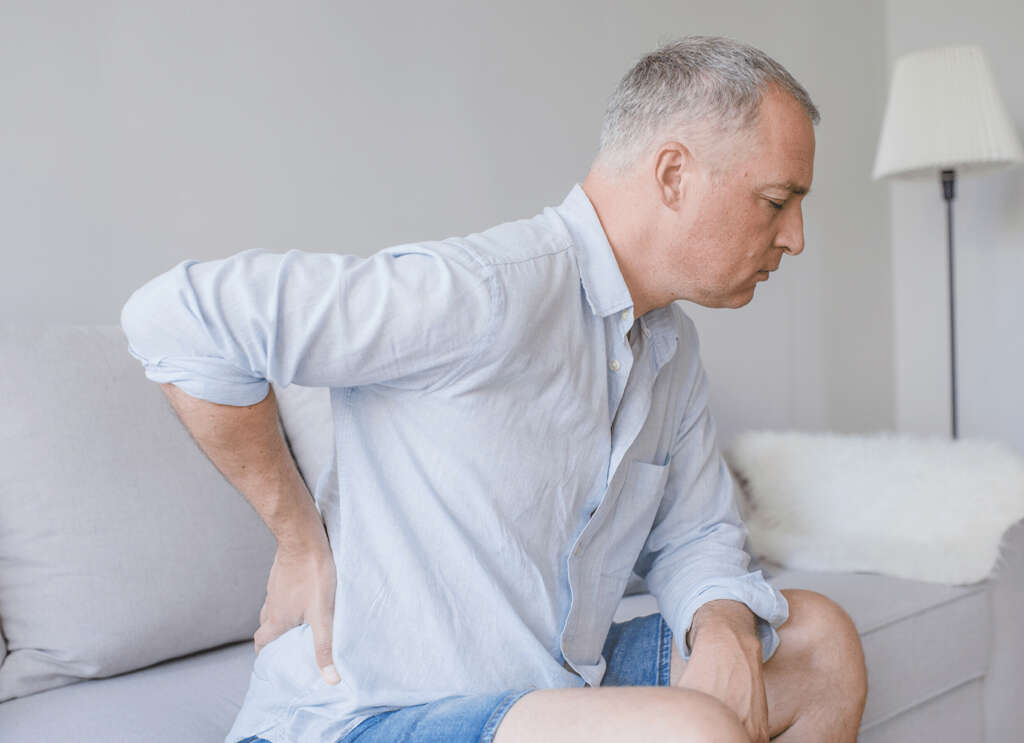
7. Complications
Degenerative disc disease will sometimes mean that nerves are squeezed or pinched to the point where they begin to lose control of certain body parts. This can include the patient losing control over their legs and, in the more severe cases, their legs can become paralyzed permanently.
In some cases, the patient might even lose control of all four of their limbs. There is also a chance that the patient will lose control over their bladder and/or bowels as messages are not passed to and from the organs. It is not often that cases will decline to this degree, but treatment is still necessary to help ensure it does not happen.

8. Diagnosis
Your doctor will need to ask you about your symptoms, about your medical history, and about your family’s medical history. They may then need to perform a brief physical exam to look for other conditions that might be causing your symptoms. If degenerative disc disease or similar is suspected then tests will need to be undertaken.
Testing for degenerative disc disease will typically involve an MRI. This will give the experts images of the spine, allowing them to look for signs of degenerative disc disease. This includes looking for herniated discs, bone damage, and spine damage. Experts may also want to perform tests that will help examine how well the patient’s nerves are functioning.
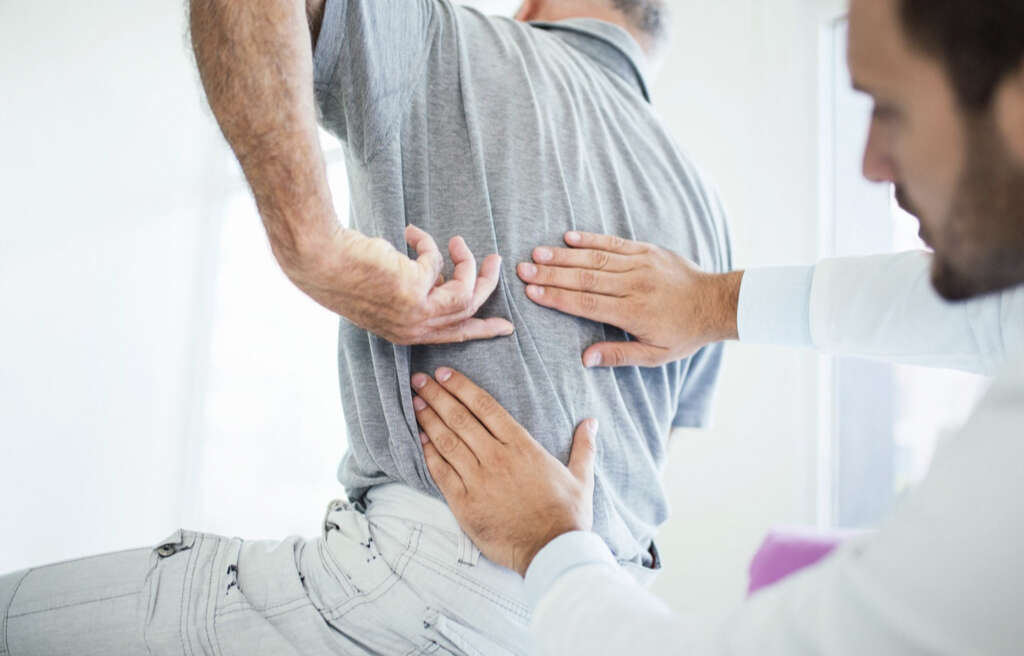
9. Medication
Medication is available that will help to make the patient more comfortable. This will typically include anti-inflammatory medication such as ibuprofen that will help to relieve some of the pain. Stronger painkillers are available, but it is important to be careful because some, like opiates, can cause dependencies.
Steroid injections may also be prescribed if the patient is in considerable discomfort. In addition to relieving pain, anti-inflammatories can also help to slow down the worsening of the condition by reducing the amount of damage done. If the condition is causing the patient to have muscle spasms then medication may be prescribed to help treat this symptom also.
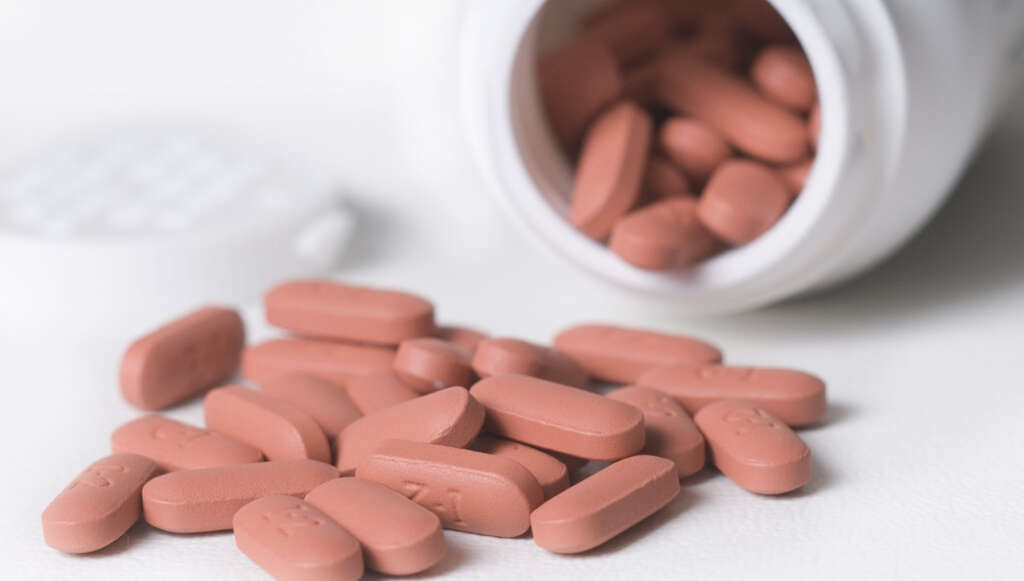
10. Other Treatment
Some patients may also be prescribed physical therapy. This will help to increase the strength of the muscles in the neck and back, and this will help to give the spine more support. Physical therapy can be hard work, but it can make a considerable positive difference to the patient’s condition overall.
Surgery might be deemed necessary in cases where other treatments are not effective. This will sometimes involve a procedure that involves replaced a problematic disc with an artificial one. Another procedure involves removing the disc and then permanently fusing the bones together. A discectomy might also be performed, which involves removing part of a disc that is damaged.







